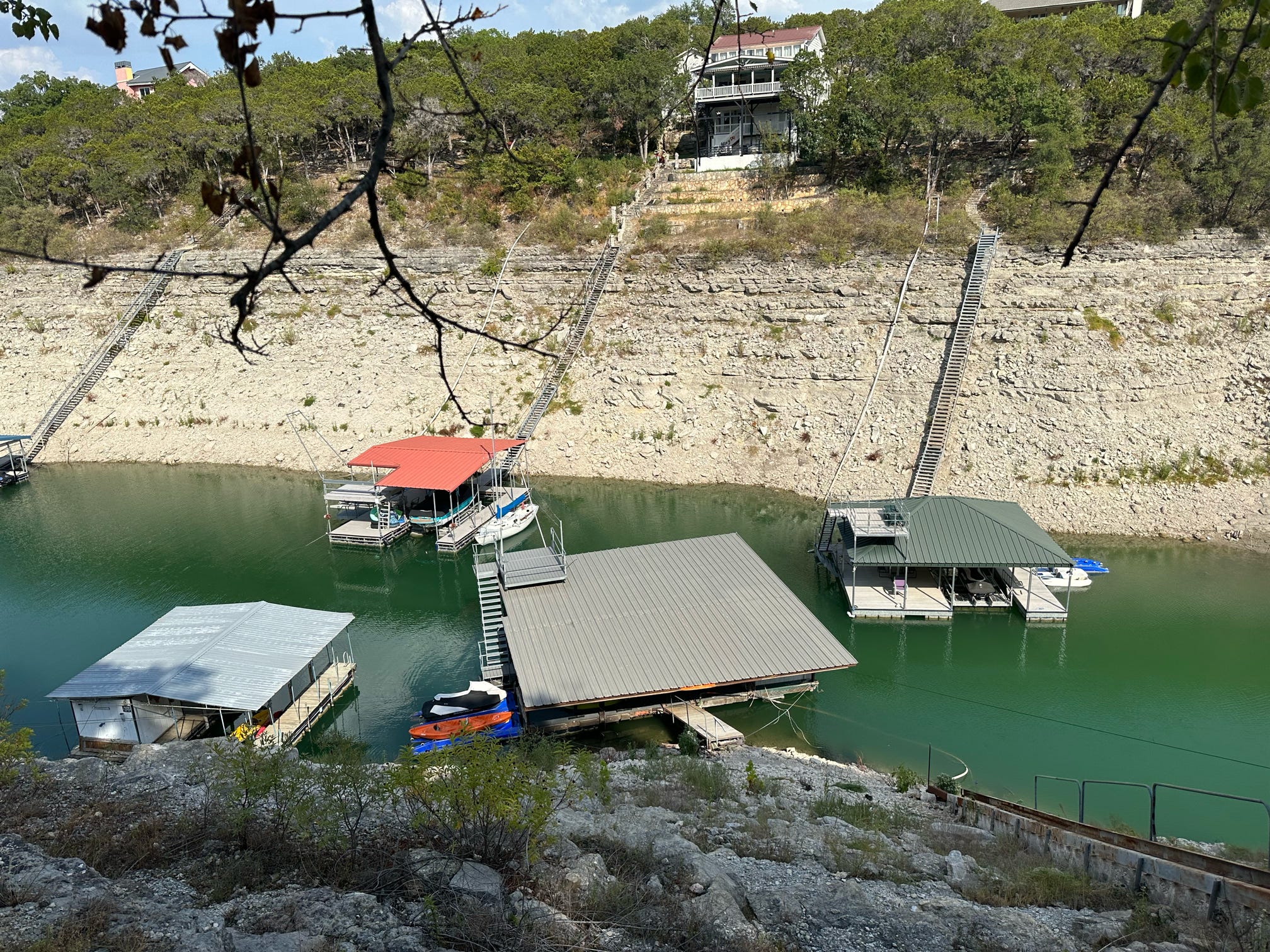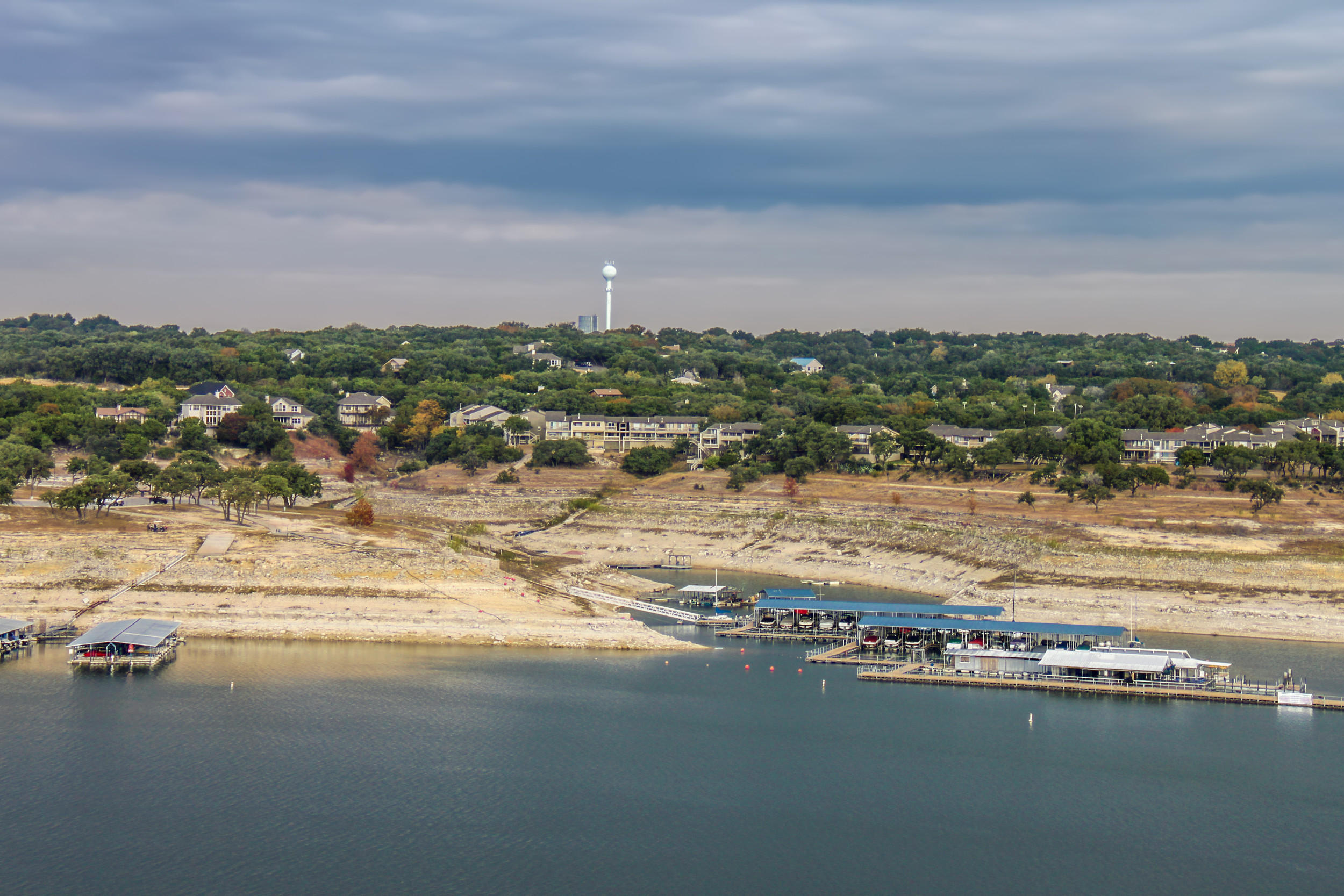Lake Travis water level forecast has become a crucial topic for residents, tourists, and businesses alike in the Central Texas region. This expansive reservoir, part of the Highland Lakes system, serves as a vital water source and a popular recreational destination. However, its water levels are subject to fluctuations influenced by weather patterns, rainfall, and human activities. Understanding these dynamics is essential for planning and sustainability.
As one of the most significant reservoirs in Texas, Lake Travis plays a pivotal role in flood control, water supply, and hydroelectric power generation. The water level forecast helps stakeholders anticipate potential challenges such as droughts or flooding. This article delves into the intricacies of the lake's water level predictions, offering insights into the factors affecting it, the tools used for forecasting, and strategies for adaptation.
Whether you are a homeowner near the lake, a business owner relying on its resources, or a visitor planning a trip, staying informed about the lake's water level forecast can significantly enhance your experience and preparedness. Let us explore the essential aspects of this topic in detail.
Read also:Did Ellen And Portia Break Up The Truth Behind Their Relationship
Table of Contents
- Introduction to Lake Travis
- Tools Used for Lake Travis Water Level Forecast
- Factors Affecting Lake Travis Water Levels
- Historical Data and Trends
- The Forecasting Process Explained
- Impact on Local Communities
- Effect on Recreational Activities
- Environmental Effects of Water Level Fluctuations
- Preparation Strategies for Residents and Businesses
- Future Outlook and Predictions
Introduction to Lake Travis
Lake Travis, located on the Colorado River in Central Texas, is a reservoir created by the construction of Mansfield Dam. This man-made lake stretches approximately 65 miles and provides a wide range of benefits to the surrounding areas. Its primary functions include water supply, flood control, and hydroelectric power generation. However, the lake's water levels are highly variable, making accurate forecasting an essential tool for managing its resources effectively.
Significance of Lake Travis
Beyond its practical purposes, Lake Travis is a hub for outdoor enthusiasts. Activities such as boating, fishing, and swimming attract thousands of visitors annually. The lake also supports local wildlife, contributing to the region's biodiversity. Understanding the lake Travis water level forecast is crucial for ensuring the sustainability of these activities and the environment.
Tools Used for Lake Travis Water Level Forecast
Advancements in technology have revolutionized the way water level forecasts are conducted for Lake Travis. Meteorologists and hydrologists utilize a combination of tools and methods to predict water levels accurately. These tools include:
- Satellite Imagery: Provides real-time data on precipitation and water surface levels.
- Weather Models: Simulates weather patterns to predict rainfall and evaporation rates.
- Gauging Stations: Measures water levels at various points along the lake.
Integration of Technology
The integration of these tools allows for more precise forecasts, enabling better decision-making for water management. By analyzing historical data alongside current conditions, experts can provide forecasts that account for both short-term and long-term trends.
Factors Affecting Lake Travis Water Levels
Several factors contribute to the fluctuations in Lake Travis water levels. Understanding these elements is essential for accurate forecasting and effective resource management. The primary factors include:
- Rainfall: Directly impacts the water levels, with higher rainfall leading to increased levels.
- Evaporation: A significant factor during dry and hot periods, causing water levels to drop.
- Water Usage: Human activities such as agriculture, municipal supply, and industrial use affect the water levels.
Seasonal Variations
Seasonal changes also play a critical role in water level fluctuations. For instance, spring and early summer often see higher water levels due to increased rainfall, while late summer and fall may experience lower levels due to higher evaporation rates.
Read also:Your Realm Will Soon Be Updated A Comprehensive Guide To The Upcoming Changes
Historical Data and Trends
Analyzing historical data provides valuable insights into the patterns and trends of Lake Travis water levels. Over the years, the lake has experienced both record-high and record-low levels, influenced by extreme weather events such as droughts and floods. By studying these historical trends, experts can better predict future water level changes.
Record Levels
Notable events in the lake's history include the record-high water level reached in 2018 following Hurricane Harvey and the record-low levels during the 2011 drought. These events highlight the importance of accurate forecasting and preparedness.
The Forecasting Process Explained
The process of forecasting Lake Travis water levels involves several steps. Initially, data is collected from various sources, including gauging stations, weather models, and satellite imagery. This data is then analyzed to identify patterns and trends. Experts use this information to create predictive models that estimate future water levels.
Challenges in Forecasting
Despite advancements in technology, forecasting remains challenging due to the unpredictable nature of weather patterns. Variables such as sudden storms or prolonged dry spells can significantly impact water levels, making accurate predictions difficult. Continuous monitoring and adaptation are necessary to overcome these challenges.
Impact on Local Communities
The water level forecast of Lake Travis has a profound impact on the surrounding communities. Residents, businesses, and local governments rely on this information to make informed decisions. For instance, property owners near the lake use the forecast to prepare for potential flooding, while businesses adjust their operations based on expected water levels.
Community Preparedness
Local authorities encourage community involvement in preparedness efforts. This includes educating residents about the importance of water conservation and providing resources for flood mitigation. By working together, communities can minimize the adverse effects of water level fluctuations.
Effect on Recreational Activities
Recreational activities on Lake Travis are heavily influenced by water level forecasts. Boating, fishing, and other water-based activities require specific water levels to be enjoyable and safe. Low water levels can lead to restricted access to certain areas, while high water levels may pose safety risks. Understanding the forecast helps visitors plan their trips effectively.
Adapting to Changes
Businesses catering to recreational activities often adapt their services based on water level forecasts. For example, marinas may adjust their docking facilities, and tour operators may modify their routes. These adaptations ensure that visitors continue to enjoy the lake despite fluctuating conditions.
Environmental Effects of Water Level Fluctuations
Water level fluctuations on Lake Travis also have significant environmental implications. The lake supports a diverse ecosystem, and changes in water levels can affect the habitats of various species. For instance, low water levels may reduce the available habitat for fish and other aquatic life, while high water levels can lead to erosion and habitat destruction.
Conservation Efforts
Efforts to mitigate these environmental effects include habitat restoration projects and conservation programs. Local organizations work to preserve the lake's biodiversity by implementing sustainable practices and educating the public about the importance of environmental stewardship.
Preparation Strategies for Residents and Businesses
Residents and businesses near Lake Travis can take several steps to prepare for water level fluctuations. These strategies include:
- Investing in flood insurance to protect property and assets.
- Implementing water conservation practices to reduce usage during low water levels.
- Staying informed about the latest forecasts and updates through reliable sources.
Community Initiatives
Community initiatives play a vital role in preparing for water level changes. Programs such as neighborhood clean-ups and educational workshops help raise awareness and promote collective action. By participating in these initiatives, residents and businesses can contribute to the sustainability of the lake and its surrounding areas.
Future Outlook and Predictions
The future outlook for Lake Travis water levels remains uncertain due to the increasing frequency of extreme weather events. However, advancements in forecasting technology and increased awareness of environmental issues offer hope for better management and adaptation. Experts predict that continued collaboration between stakeholders and the adoption of sustainable practices will be crucial for maintaining the lake's health and functionality.
Long-Term Planning
Long-term planning efforts focus on developing strategies to address the challenges posed by climate change and population growth. These strategies include investing in infrastructure improvements, enhancing water conservation measures, and promoting sustainable development practices. By prioritizing these initiatives, the future of Lake Travis can be secured for generations to come.
Conclusion
In conclusion, the lake Travis water level forecast is a critical component of managing this vital resource. By understanding the factors affecting water levels, utilizing advanced forecasting tools, and implementing effective preparation strategies, stakeholders can better prepare for the challenges posed by fluctuating conditions. We encourage readers to stay informed, participate in community initiatives, and share this article to raise awareness about the importance of water level management.
Take action today by exploring further resources and engaging with local organizations dedicated to preserving Lake Travis. Together, we can ensure the sustainability and enjoyment of this remarkable natural resource for years to come.

